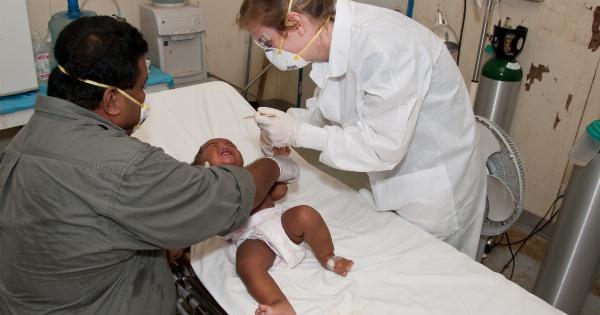Babies are born with certain types of skin growths and rashes. One of the most common ones is a hemangioma. Hemangiomas are a type of birthmark that develops in infants and children. While they are mostly harmless, they can sometimes cause complications.
If your baby has a hemangioma, it’s important to understand what it is and how to manage it. This guide gives you everything you need to know about baby hemangiomas.
What is a Baby Hemangioma?
A hemangioma is a benign growth of blood vessels in the skin. Most hemangiomas develop within the first few weeks of life and grow rapidly during the first year. They usually stop growing by age one to two and shrink over time.
A hemangioma can occur anywhere on the body, but it’s most commonly found on the face, head, and neck.
Types of Baby Hemangiomas
There are two main types of hemangiomas: superficial and deep. Superficial hemangiomas are raised, bright red, and often have a rough surface. Deep hemangiomas are bluish-purple and can be located deeper within the skin.
Some babies may have a combination of both types.
Causes of Baby Hemangiomas
It’s not clear why hemangiomas occur, but it’s thought to be related to the normal development of blood vessels in the skin. Hemangiomas are more common in females and in premature babies.
They may also have a genetic component as they run in families.
Diagnosis of Baby Hemangiomas
A pediatrician can usually diagnose a hemangioma by examining it. Further tests may be needed if the hemangioma is large or deep within the skin. In some cases, an MRI or CT scan may be used to check if the hemangioma is affecting nearby organs.
Treatment of Baby Hemangiomas
Treatment may not be necessary for small, superficial hemangiomas as they usually go away on their own. But if the hemangioma is large or causes complications, there are several treatment options available:.
- Oral Medication: Propranolol, a beta-blocker medication, is often used to treat hemangiomas. This medication can reduce the size of the hemangioma and prevent it from growing further.
- Topical Medication: Corticosteroid creams may be applied to the hemangioma to help reduce inflammation and decrease the size of the growth.
- Laser Treatment: Laser therapy can be used to treat hemangiomas. This treatment targets and destroys the blood vessels in the growth.
- Surgical Removal: In some cases, surgical removal may be necessary if other treatments are not effective or if the hemangioma is causing complications.
Complications of Baby Hemangiomas
Most hemangiomas are harmless and don’t require treatment. However, in some cases, they can cause complications such as:.
- Ulceration: When a hemangioma is located in an area that is frequently rubbed or pressed, it may become ulcerated.
- Bleeding: A hemangioma may occasionally bleed if it’s injured or traumatised.
- Visual Impairment: Hemangiomas located near the eye can interfere with vision.
- Airway Obstruction: Hemangiomas located on the neck or throat can sometimes interfere with breathing and require immediate medical attention.
Prevention of Baby Hemangiomas
There is no known way to prevent hemangiomas from occurring. However, it’s important to avoid any trauma or injury to the skin as this can increase the risk of developing a hemangioma.
When to See a Doctor
If you notice any unusual skin growth or changes in your baby’s skin, it’s important to see a doctor. They can diagnose any skin condition and recommend appropriate treatment if necessary.
Final Thoughts
Baby hemangiomas are a common skin condition in infants and children. While they are mostly harmless, they can sometimes cause complications.
If your baby has a hemangioma, it’s important to seek medical attention and consider treatment options if necessary.






























